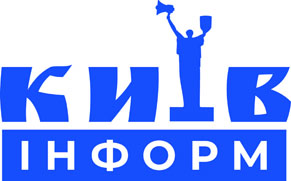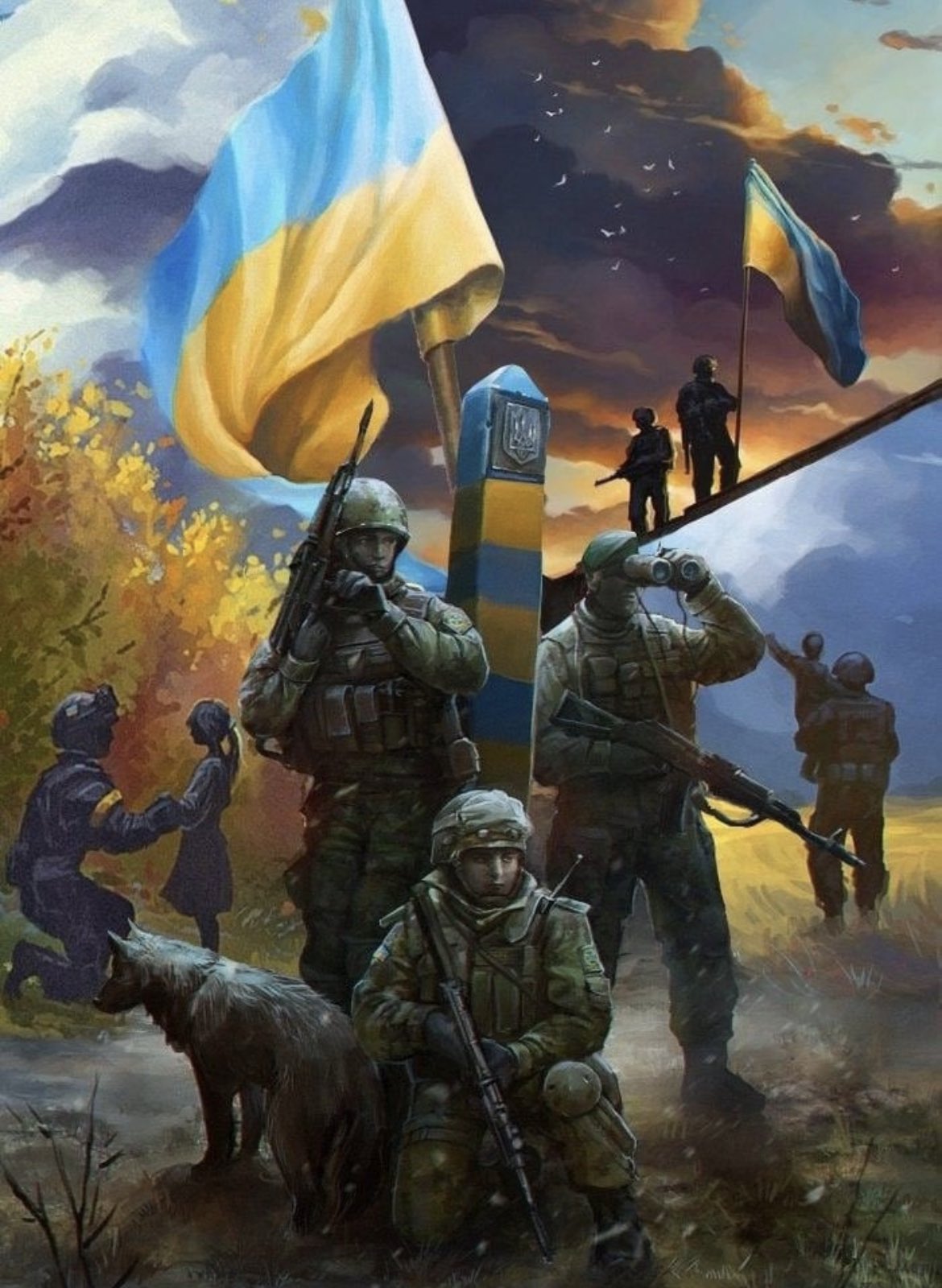
(essay)
After my previous essay “The birth of feminism in Ukraine” where I studied the origin of the women’s movement in the late 19th – early 20th centuries and the difference between the ideas of equality in Western and Dnieper Ukraine, I decided to continue to develop the topic. For this essay I was researching texts written about Ukrainian feminism to understand why Ukraine was not affected by the second wave of feminism and the sexual revolution that swept through Europe and America in the 1960s and 1970s; what actually happened under the state slogan of equality between men and women; and what was feminism like in the first years of independence.
To achieve this goal, I have organized my paper into four main sections. In the first section, I provide the information about the role of socialism in the emancipation of women in the Soviet Ukraine. In the second section, I discuss changes in the role of women during the first years of independence in Ukraine. I end with a third section that offers information how did the Revolution of Dignity affect feminism and conclude with a fourth section of conclusion due to all the text.
The role of socialism in the emancipation of women
When the Bolsheviks came to power, in the first Soviet Constitution, they really secured the equal rights of men and women. But this was by no means an accident or a manifestation of altruism. In fact, it was a tribute to the socialists for the fact that many women joined the revolutionary events. It was they who, during the February Revolution of 1917, came out with the slogans “Bread and Peace!” and encouraged male workers to join the mass street protests that ended in the collapse of the autocracy.
Under the Bolsheviks, women received the right to work, study, political activity (to choose and be elected). Women’s councils were created, which were actually divisions of the Bolshevik Party for “work among women”, that is, for the active promotion of the ideas of Bolshevism. In the first decades of the Soviet power, a large-scale campaign to eliminate illiteracy began. At the end of the 19th century, according to the census, the proportion of literate Ukrainian women on the territory of the Russian Empire was only 4%.
Literacy campaigns were very important for women’s emancipation. But, on the other hand, one must understand that the Soviet government did not just care about gender equality. It was important for the Bolsheviks to win women’s votes and get women’s sympathy. Women, especially rural ones, were quite conservative and were prejudiced against Bolshevik ideas, among other things, about rejecting faith in God. Thus, the care and provision of the right to study and work, as well as to social activities, aimed to involve women in building socialism.
In the 20s of the twentieth century, industrialization proceeded at a rapid pace, there was a shortage of male workers, so women were also called upon to “build socialism.” The economic situation in the Soviet Union was such that a woman had to work on an equal footing with a man, as a family with only one family member working was not viable. Because the communist leadership used the principle of quotas in its power-building activities, women in the Soviet Ukraine always had a certain number of seats in local and central representative bodies. At the same time, although women under Soviet rule were able to acquire a variety of professions, only some of them managed to take leadership positions.
In the post-war period, the course of universal equality changed significantly – the so-called “gender contract of the working mother” was approved. The idea was that the state became the breadwinner in the family. The role of a woman is to give birth and raise children, look after the house and work at the same time. The state provided a variety of social services and guarantees for this: a sick leave, additional payments for children, kindergartens, nurseries and medical care, additional holidays, children’s summer camps, benefits for mothers of large families and insignia for heroine mothers. It is important that this help is addressed primarily to mothers, and not to the family in general or to the father. In addition, in the post-war years, family legislation changed: the divorce process was simplified, a number of decisions were made to support single mothers, and husbands-fathers actually took full responsibility for children. Alimony was provided only conditionally and materially being more dependent on the support and services of the state than on the assistance of husbands.
In practice, the working mother’s gender contract proved to be the infamous “double burden” of duties at work and at home. In the context of a total shortage of goods and services in the USSR — a sort of Soviet “equality in poverty” — women performed the largest part of the work of servicing the family. For example, in most houses, there was no hot water; it had to be heated; there were no washing machines, so a lot of effort and time had to be spent on handwashing; since the range of products was very poor, women constantly had to invent new dishes and cook them for a long time, which took a lot of time, and before that, stand in long lines for hours for the most necessary products.
So did this weary woman have the strength and time for professional development and career? Apparently not. The double burden on a woman allows us to talk about the hypocrisy of the Soviet government. The project failed because a woman could not use a significant part of her “equal rights”, which were provided and declared by the state.
Changes in role of women during independence
In the Soviet times, no one knew about feminism and its goals or ideas. The women’s movement was reduced to the activities of the Soviet Women’s Committee. The second wave of feminism, which swept through Western Europe in the 1960s and 1970s, bypassed the Soviet Union with its Iron Curtain. In the late 1980s and early 1990s, most Soviet women, under the influence of propaganda, sincerely believed that there was no discrimination in the country. After all, “the Soviet woman is the most equal woman in the world.”
Women’s unions, formed in the first years of independence, did not really understand how to direct their activities. The first organizations, in particular the Union of Ukrainian Women and the Community of Olena Teliha, chose a more traditional direction of work. As in the pre-Soviet times, when Ukrainians were a stateless nation, organizations were engaged in national education and raising the consciousness of Ukrainians.
In the first decades of independence, the ideal of a woman was the utopian image of a guardian who can finally quit her thankless job and, returning to her family, realize herself in the roles of mother and housewife. This image was most actively promoted by traditionalist women’s organizations.
Since independence, women have gradually come to understand inequality and gender discrimination. Accordingly, they began to defend and fight for the possibility of exercising their rights. At the same time, the women’s movement in Ukraine has acquired distinct feminist features as a result of the spontaneously progressing market discrimination of women in the political sphere and the labor market. Among other things, they began to look closely at real problems. For example, they realized the importance of the lack of contraception as an obstacle to self-realization. In the USSR, unlike the West, there was no sexual revolution, the impetus of which was the invention of contraceptive pills, and the result – the freedom of sexual practices without fear of unwanted pregnancy and abortion. During the Soviet times, abortion was almost the only way to control births, and oral contraceptives and condoms were not available to the majority. In addition, in the early 1990s, the first public discussions about the problem of domestic violence in Ukraine began. Before that, he was not recognized, because “the Soviet family is an ideal family,” although, of course, there was always violence – both before and during the USSR.
The World Women’s Conference in Beijing in 1995 prompted the emergence of organizations that began to talk about gender equality, discrimination, violence. Since Ukraine had to provide a report on all forms of discrimination in society, this motivated the government to allocate money to study the situation of women in Ukraine after the collapse of the USSR. The results showed that domestic violence and gender discrimination (very serious, for example, in the labor market with mass dismissal of women, different income levels, and so on) is widespread in Ukraine.
Since the second half of the 1990s, the feminist movement in Ukraine has become widespread: regional associations and clubs have been operating to help the unemployed, address violence and human trafficking. Dedicated enthusiasts worked there, drafting bills and trying to work with Verkhovna Rada deputies to consolidate changes at the legislative level. By the end of the 1990s, more than 100 women’s public associations were registered in Ukraine – regional, national and local.
Until recently, the development of the women’s movement in Ukraine illustrated a kind of development of women’s social activism that grows out of the needs relevant to a particular historical period of a particular society, rather than a new understanding of legal rights (actualized by feminism). This is how this kind of women’s movement differs from Anglo-Saxon feminism, which developed in a legal society and could only appear in such a society. Ukrainian feminism tried to defend women’s rights in Ukrainian public life. It was not oriented, like the Anglo-Saxon-type feminism, to a profound feminist restructuring of all social relations.
In 2005, President Viktor Yushchenko signed the Law “On Ensuring Equal Rights and Opportunities for Men and Women in Ukraine”. The law has withstood many revisions, discussions and resistance from various political forces, the public and traditionalist organizations due to the prevalence of conservative views. Some wondered: “What else do these women need, what do they lack? Who discriminates against them? However, since 2006, this law has allowed for the removal of discriminatory norms and practices from laws and spheres of life. For example, there was also a restriction on more than 450 professions prohibited for women due to harmful effects on health. Now every citizen can decide for herself whether to risk her health or not by choosing this or that profession.
How did the Revolution of Dignity affect feminism in Ukraine?
These events became a serious catalyst for the feminist movement in Ukraine. A mass perception by women of themselves as active citizens who want to independently choose their role and place in society has begun. When protesters gathered, barricades were built, police attacks occurred, there were disputes about the paternalistic attitude of male revolutionaries towards women: “You don’t belong to the barricades; you need to go to the kitchen or to the paramedics, because it’s too dangerous here.” This outraged the activists, who wanted to independently choose where and how to fulfil their civic duty and uphold democratic values.
Feminist actions on the Maidan showed that young, educated and conscious women are no longer ashamed of their independent lifestyle, beliefs and views. Women fought for the opportunity to be feminists, understood their rights and did not allow others to violate them.
Conclusion
Comprehension and awareness of the problems of women and the essence of feminism was due to self-education, but due to complex mobility and language barriers, it took a lot of time and required a lot of effort. For a very long time, women’s organizations remained in closed circles, lacking the courage and support to publicly state their demands.
That is, in independent Ukraine, feminism as an idea, as an identity and practice has come a long way from demonization and prejudice (when feminists were portrayed as masculine, neglected and sexually unsatisfied man-haters.) to understanding the true – human rights – essence of feminism. Journalism played an important role here, which greatly helped spread knowledge about feminism and contributed to the educational activities of women’s organizations. Without the help of the media, it would be impossible to explain that there is nothing destructive in feminism, that it is a native Ukrainian phenomenon, and not an imported phenomenon, that the traditions of feminist thought and activism have existed since pre-Soviet times.
If feminism threatens family values, as conservative opponents claim, it is only where tradition justifies violence against women in the family, limited female self-realization, gender stereotypes regarding the “natural distribution of social spheres”, discrimination in the labor market, the imposition of a limited list of roles and obligations within the boundaries of the so-called “women’s destiny”. The only vocation of a woman, like any person, is the realization of all her diverse potential – and feminists defend the right of every person to independently choose their own path in life.
Works Cited
Bohachevsky-Chomiak, Martha. Feminists Despite Themselves: Women in Ukrainian Community Life, 1884–1939. University of Alberta Press, 1988.
Головко, Володимир, Палій, Олександр, Черевко, Оксана, Янішевський, Сергій. Революція Гідності 2013–2014 pp. та агресія Росії проти України: науково-методичні матеріали. Київ, 2015.
Веселова, Олександра. Жіночий рух: Нарис історії України ХХ століття. Київ, 2002.
Веселова, Олександра. Жіночий рух в умовах незалежної України. Київ, 1996.
Омельчук, Михайло. Жіночий рух в Україні: історія і сучасність. Київ, 1994.

























































Залишити відповідь